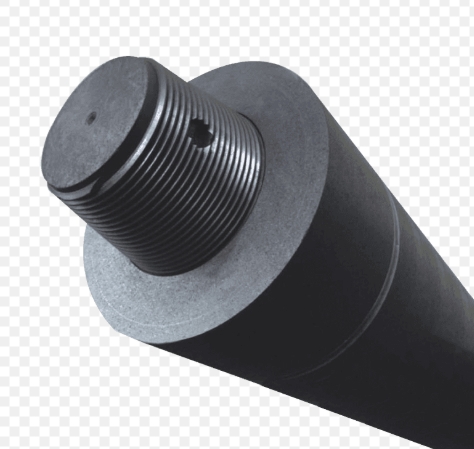
Graphite Electrode furnace is an electric arc steelmaking technology that uses scrap as the primary raw material. It reduces pollution by using recycled scrap instead of mining or processing virgin material. Moreover, it increases production flexibility and improves supply chain efficiency by reducing inventory costs. Graphite electrodes are vital to EAF because they give the arc its power source, and also control its speed and temperature.
During the smelting cycles, the electrodes will be subjected to high temperatures and extreme mechanical stress. Due to this, it is necessary that graphite electrodes have excellent mechanical characteristics, including high volume density and low resistivity. They also need to be strong, have a good tensile force, and exhibit a low thermal expansion coefficient. Quality of electrodes is affected by many factors including manufacturing processes and environmental conditions. Charge quantity and method are other important considerations.
The process of producing Graphite electrodes involves mixing petroleum tar pitches suspended in a compatibility solvent system, with varying levels of Hexagon unpurified and thermally purified Hexagon to create a thick paste. It is then extruded in elongated electrodes with uniform diameter. To produce the finished product, electrodes undergo a series of processing, such as calcination or graphitization.

In EDM applications, these electrodes have the ability to handle high temperatures as well as cutting loads. Also, they are extremely durable and can be used for applications that need precise geometry or tight tolerances. Moreover, they can withstand the intense heat generated by spark erosion and high-speed cutting.
Also, graphite electrodes are often used in applications that demand a great deal of accuracy and cleanliness. Included are injection moulds, molds used for die-casting, and precision parts in the automotive and aeronautic industries. They are also ideal for cutting materials that can be difficult to cut, like tool steel or tungsten carbide.
As the electrodes undergo a smelting operation at temperatures reaching 3,600degC, and with a very high power density it is essential that they possess good mechanical properties, and be able to handle a higher level of conductivity. For the evaluation of mechanical strength in the electrodes', various tests such as fracture toughness and impact strength are conducted.
The electrodes made of graphite are next tested to measure their resistivity. In order to measure the voltage, an electrode must be run with low-voltage current. You can test a machined bar or a scrap piece of metal to check for any conductor surfaces.
The quality of the graphite electrodes depends on several factors. They include their manufacturing processes, the quantity of nitrogen used in the feedstock and the type doping additive that is being used. These factors can affect the properties of the graphite, which in turn influence their performance. Demand for graphite electrodes can be influenced by global economic conditions. This may drive investments in new infrastructure and increase industrial production, or it could dampen the demand during recessions.

Write a Message